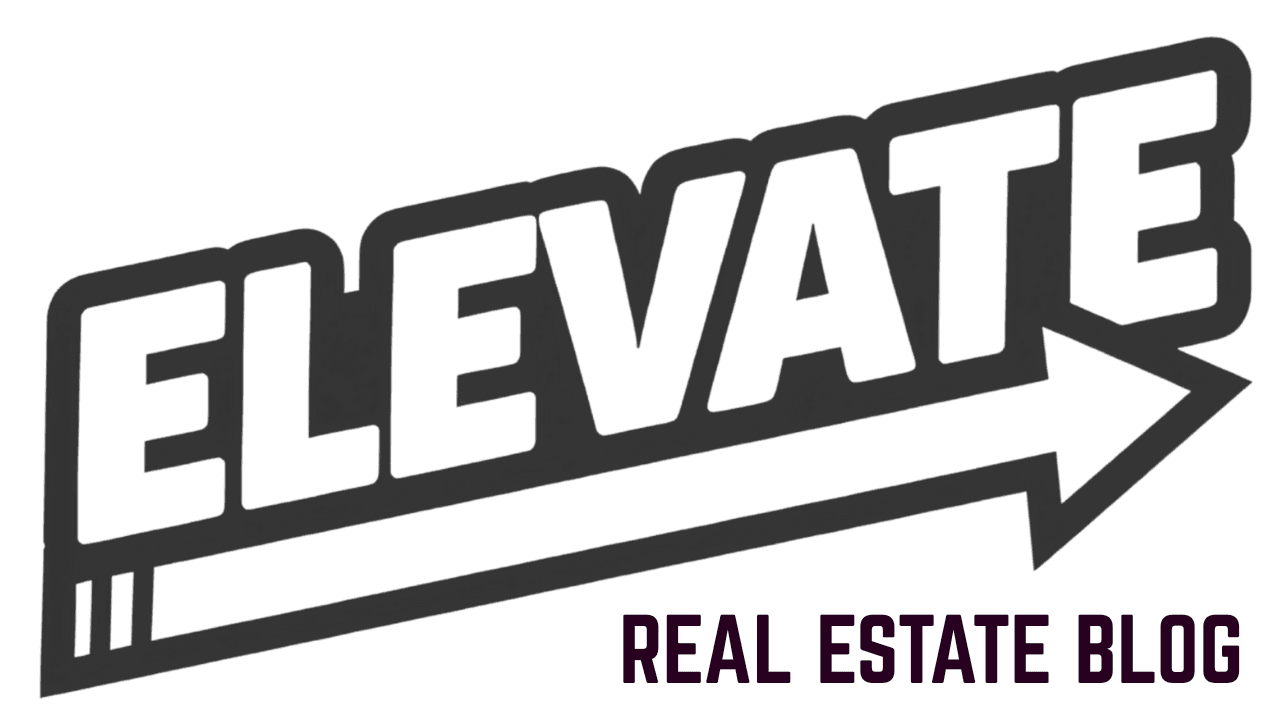Real estate brokerages lose money every day their new agents remain unproductive. Traditional onboarding methods create bottlenecks, inconsistent training, and delayed time-to-productivity. Automation changes this equation entirely.
Manual onboarding processes drain resources while delivering uneven results. Brokers spend countless hours repeating the same training sessions. New agents receive fragmented information. Critical steps get skipped. The result? Extended ramp-up periods and higher turnover rates.

The Cost of Manual Onboarding
Every week a new agent remains unproductive costs brokerages real money. Consider the typical scenario: a new agent joins, receives scattered training materials, attends irregular meetings, and slowly pieces together how the business operates. This process often takes 6-12 weeks before meaningful productivity begins.
Manual onboarding creates these specific problems:
Inconsistent Information Delivery
Different trainers provide different information. Some agents receive comprehensive guidance while others get basic overviews. This inconsistency creates confusion and uneven performance levels across the team.
Resource Drain on Management
Brokers and team leaders spend 15-20 hours per week on repetitive training tasks. This time could generate direct revenue through listing appointments and client meetings.
Extended Time-to-Productivity
Without structured progression, agents take longer to reach baseline productivity levels. Each additional week of delayed productivity represents lost commission opportunities.
Higher Dropout Rates
Overwhelmed agents leave during the initial training period. Poor onboarding experiences contribute to early-stage agent turnover, requiring additional recruitment and training investments.
How Automation Transforms Agent Onboarding
Automated onboarding systems eliminate manual bottlenecks through structured, consistent processes. Digital platforms deliver standardized training modules, track progress automatically, and ensure every agent receives identical foundational knowledge.
Standardized Content Delivery
Every new agent accesses the same training materials in the same sequence. This consistency ensures uniform knowledge across the entire team. No agent misses critical information due to trainer oversight or scheduling conflicts.
Self-Paced Learning
Agents complete training modules at their own speed while maintaining required standards. Fast learners advance quickly. Those needing additional time receive it without holding back others.
Automatic Progress Tracking
Digital systems monitor completion rates, quiz scores, and time spent on each module. Brokers identify agents needing additional support before problems develop.

Built-in Quality Control
Automated systems include checkpoints and assessments ensuring agents understand material before advancing. This prevents knowledge gaps that create performance issues later.
Specific Business Impact
Automated onboarding delivers measurable improvements across key metrics:
Faster Time-to-First-Deal
Structured training reduces average time-to-first-deal by 40%. Agents begin generating revenue within 3-4 weeks instead of 8-10 weeks.
Improved Retention Rates
Well-onboarded agents show 60% higher retention rates during their first year. Clear expectations and structured support reduce early-stage departures.
Increased Manager Productivity
Brokers reclaim 15 hours per week previously spent on repetitive training tasks. This time redirects toward revenue-generating activities like listing presentations and client development.
Higher Agent Confidence
Agents completing structured onboarding report higher confidence levels and job satisfaction. This translates to better client interactions and stronger performance.
Technology Integration and Tools
Modern onboarding automation integrates with existing brokerage systems. CRM platforms connect with training modules, ensuring new agents understand lead management from day one. Document management systems become part of the learning process, not separate tools to master later.
CRM Integration
New agents learn lead management through actual system usage, not theoretical training. This hands-on approach accelerates practical skill development.
Pipeline Management Training
Agents understand transaction stages through interactive workflow training. They learn by doing rather than memorizing abstract processes.
Communication Protocol Implementation
Automated systems establish consistent communication standards. Agents learn proper client interaction methods, follow-up procedures, and professional presentation standards.

Pulse Intelligence enhances this integration by providing real-time performance insights during the onboarding process. New agents see how their activities translate into business metrics from week one. This immediate feedback accelerates learning and builds proper habits early.
Implementation Best Practices
Successful automation requires strategic implementation:
Content Audit
Review existing training materials for gaps and redundancies. Convert valuable content into digital modules. Eliminate outdated information that confuses rather than educates.
Progress Milestone Definition
Establish clear checkpoints measuring agent readiness for increased responsibilities. Define specific skills and knowledge requirements for each stage.
Support System Integration
Connect automated training with human support resources. Agents need immediate answers to questions arising during self-paced learning.
Performance Metrics Establishment
Track completion rates, assessment scores, and time-to-productivity metrics. Use this data to refine training content and identify improvement opportunities.
Measuring Success
Effective automated onboarding shows results across multiple dimensions:
Quantitative Metrics
- Average days to first transaction
- Training completion rates
- Six-month retention percentages
- Revenue per agent during first quarter
Qualitative Indicators
- Agent confidence surveys
- Client satisfaction ratings
- Peer collaboration effectiveness
- Professional development engagement
Return on Investment
Automation investments typically pay for themselves within 90 days. Consider a 20-agent brokerage implementing automated onboarding:
- Time savings: 300 hours per quarter previously spent on manual training
- Faster productivity: 2 weeks earlier average first deal completion
- Improved retention: 3 fewer agent departures per year
- Enhanced performance: 15% higher first-year production per agent
These improvements generate significant ROI through reduced training costs, faster revenue generation, and lower turnover expenses.

Getting Started
Begin with core training modules covering essential business functions. Create standardized content for lead generation, client communication, transaction management, and professional standards. Build automated assessments ensuring comprehension before advancement.
Integrate performance tracking tools that connect training completion with actual business results. Pulse Intelligence provides this connection, showing new agents how their learning translates into measurable success metrics.
For brokers ready to transform their onboarding process, implementing comprehensive automation systems streamlines operations while improving agent outcomes. Schedule a demo to see how automated onboarding integration enhances brokerage performance across all operational areas.
Automated onboarding transforms new agent integration from a resource drain into a competitive advantage. Agents reach productivity faster. Brokers reclaim time for revenue generation. The entire organization benefits from consistent, effective training that scales with growth.





